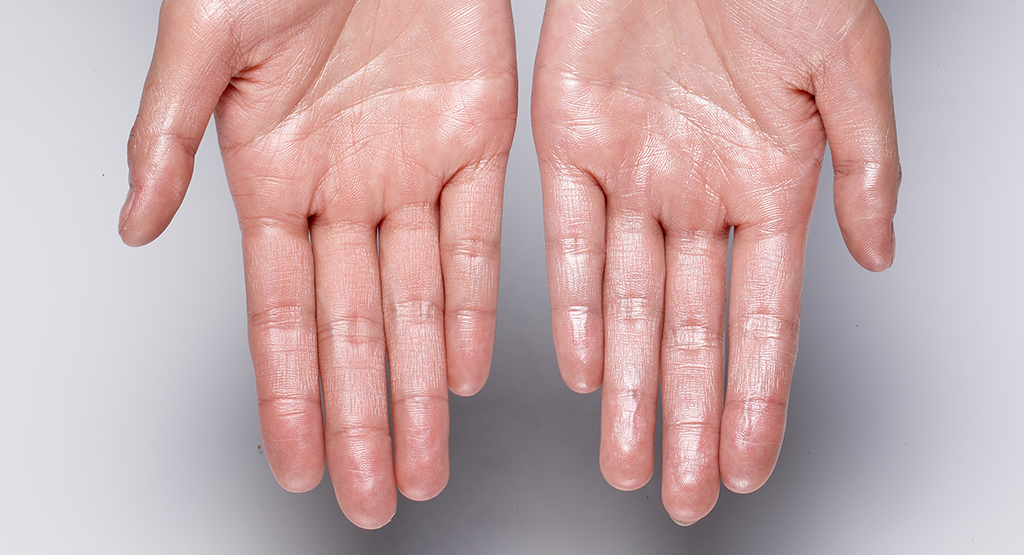What is Hyperhidrosis?
Hyperhidrosis, or excessive sweating, is a misery for an estimated 3% of people. It could involve sweating of the underarms (axillary hyperhidrosis) or of the palms and soles of the feet (palmoplantar hyperhidrosis).
Underarm problems tend to start in late adolescence, while palm and sole sweating often begins earlier, around age 13 (on the average). Untreated, these problems may continue throughout life.
Not only is it profoundly embarrassing by causing stains on clothing, body odors affecting relationships and other social interactions it can really cause problems in day-to-day activities such as writing with a pen or trying to grip the steering wheel.






